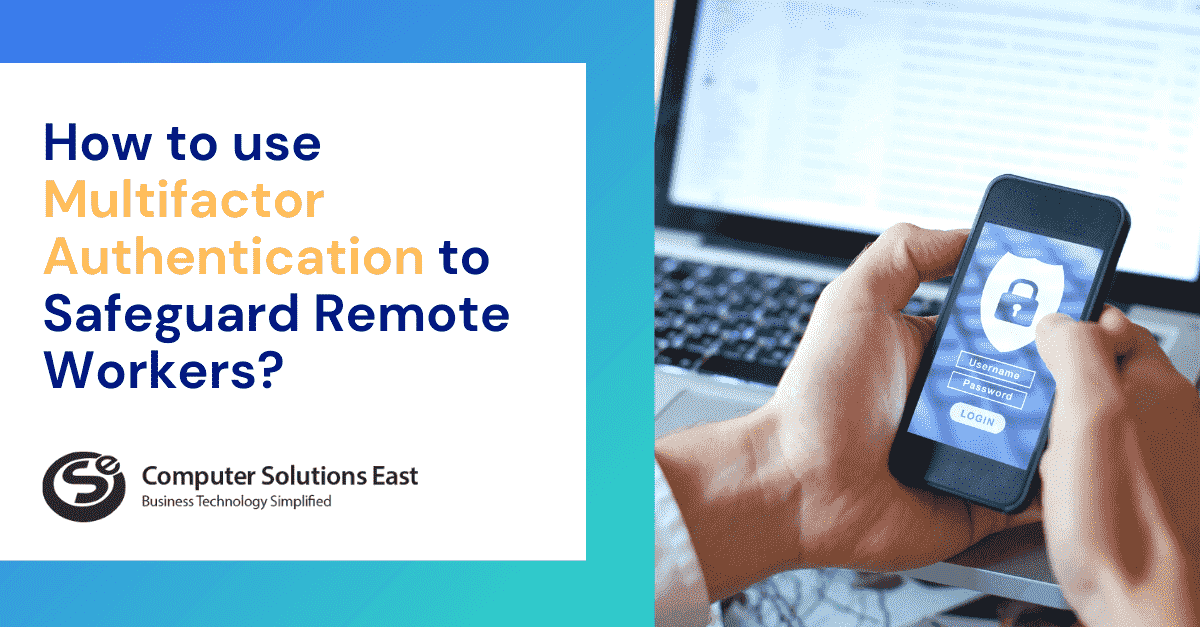How to Handle a Cyber Attack
In their phishing attacks, cybercriminals rely on the dissemination of emails as well. Consumers are routed to complicated real-looking web portals from which login details are obtained through gradually fake notifications from organizations such as banks, online stores, etc. But also, increasingly common emails in which fraudsters claim to be superiors and order payments, a keyword for social engineering.

The third phase of cybercrime, which often paralyzes an IT business, does tremendous harm-mostly due to a loss of sales and credibility, assaults on the internet, online stores, DDoS attacks (distributed denial of service attacks), and machine malware-built botnet zombies themselves. The hijacking of computers, which then are used to mine cryptocurrencies such as Bitcoin, Monero, and Etherum, loses a great deal of computer power not only because they are overused but also because their use is highly effective physically damaging. How can companies stand up against such cyber-attacks?
Useful patch management-daily operating system patches, malware, virus, and firewall security
According to a recent Accenture study, the average cost of a data breach has risen by $1.4 million to $13 million for a company. In other words, since you cannot afford a data breach, avoiding cyber assaults is a more prudent and cost-effective approach than responding after the fact…
Many companies have adopted a proactive strategy to combat cyber threats as standard operating practices. Security experts understand that assaults are a question of when, where, and how, not if. However, how could companies create and implement best practices to support an enterprise-wide security plan that successfully prevents cyber-attacks?
Cyber assaults occur in various forms and sizes, ranging from application-specific attacks on database servers to the distribution of phishing emails with harmful files or URLs.
While understanding the goal of a cyber assault is beneficial, it is not the primary objective. Priority should be given to determining how the assault happened and avoiding such attacks in the future.
Updating Security Systems
There is no sense in installing a security system and then failing to keep it updated, yet we often encounter this. Attacker capability grows and schemes change, which means you must constantly have the most up-to-date definitions or programs to remain safe.
This also applies to all company-owned mobile devices, not just office equipment. While your workers are responsible for using their equipment safely (e.g., deleting suspicious emails), it is still critical to exercise due diligence and keep devices updated regularly. If employees own their mobile devices, BYOD rules for accessing the corporate network must take security risks and consequences into account.
Creating a Plan for Cyber Resilience
You should have a well-thought-out cyber resilience strategy in place that enables rapid reaction and handles a data breach. This strategy should include clearly defined procedures for workers to follow in the event of a breach. Additionally, the strategy should guarantee that workers use effective data breach prevention and intrusion detection technologies to assist in identifying a breach as soon as it happens. Additionally, you should perform simulated drills on a regular basis to assess the effectiveness of your resilience strategy and to fine-tune it as required. These simulated exercises will also provide your workers with hands-on experience and confidence in their ability to identify and control a breach promptly, if and when one happens.
The right business continuity backup strategy
If given protection precautions, an organization has caught an encryption Trojan, it is best to focus on a full backup plan. This involves, for example, redundant servers and regular backups, which are held offline-beyond ransomware control.
Password enforcement around the business
Incorporating codes such as natural number variations or identifying details are making accessing the corporate network simpler for hackers and should be fabulous. Bright password generation and storage guidelines-no post-it! — As well as regular password changes, the use of different application passwords ensures higher security of the company’s various login data. The use of a protected password such as the free LastPass app is ideal for the management of stable, unique passwords. Where possible, two-factor authentication should be used to safeguard access

DDoS Fighting ISP Attacks
The main goal of DDoS assaults is Email, Mail, or DNS servers. During these assaults, more information traffic that can be handled is diverted to different IP addresses before the server crashes. “Not preventable are DDoS threats, but make sure they do not result in an IT network downtime,” says Manuel Kert. “The decisive factor here is the proper setup for the software used, as well as an appropriately dimensioned infrastructure which can sometimes bear a higher load at least for a short period. Good cooperation with the supplier is the most crucial step in defense of this.
Company continuity risk prevention
An incident response approach would provide protocols and checklists, particularly for DDoS attacks. Rightly recording what to do in an accident saves time and can help avoid the worst or minimize consequences. “Sometimes information is accessible on the measures to fix malfunctions but is distributed around the company or network of resources and is not easily usable, in unusual circumstances. Should you and your team know what to do and how to approach a malware assault or a DDoS attack?” A disaster management plan including well-established and validated procedures is essential, whether ransomware threats or even IT system accidents for business continuity.
Computer Solutions East provides a compulsory IT protection priority for our strategies for security and enforcement to reduce technical risks. Enforce the protection of weaknesses in the battle against HIPAA-conforming network assaults. Avoid legal sanctions and financial losses by remaining compliant and by avoiding infringements of IT security. Our technologies help delivery networks address growing obstacles in terms of enforcement.


